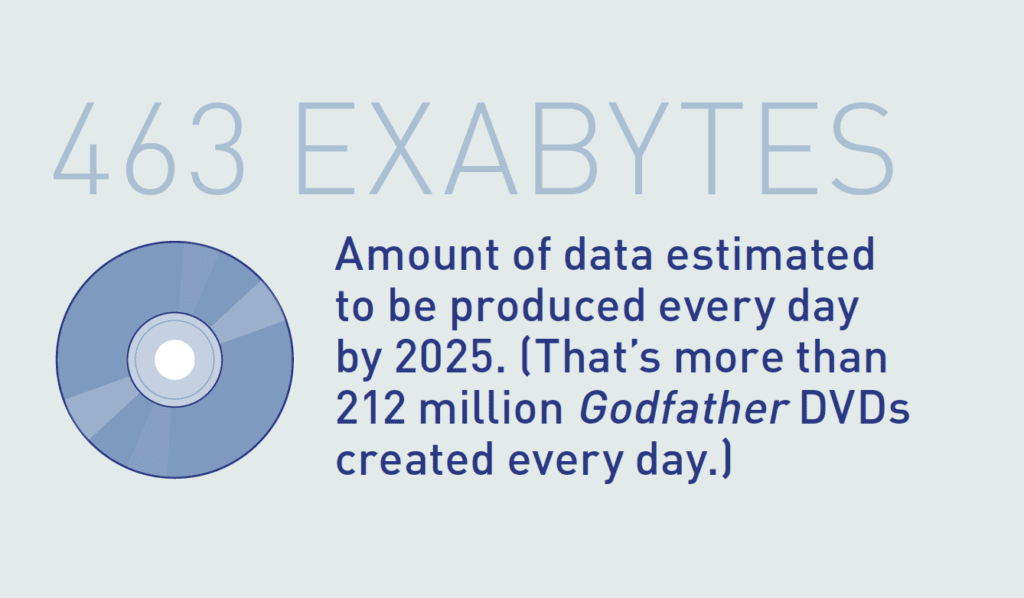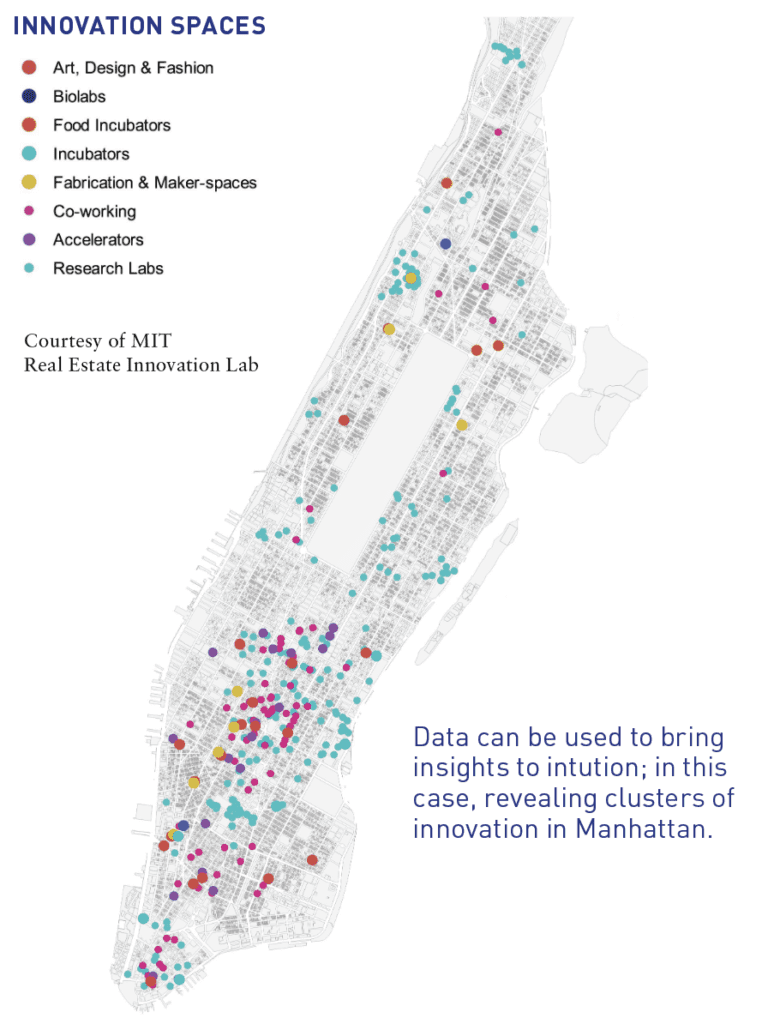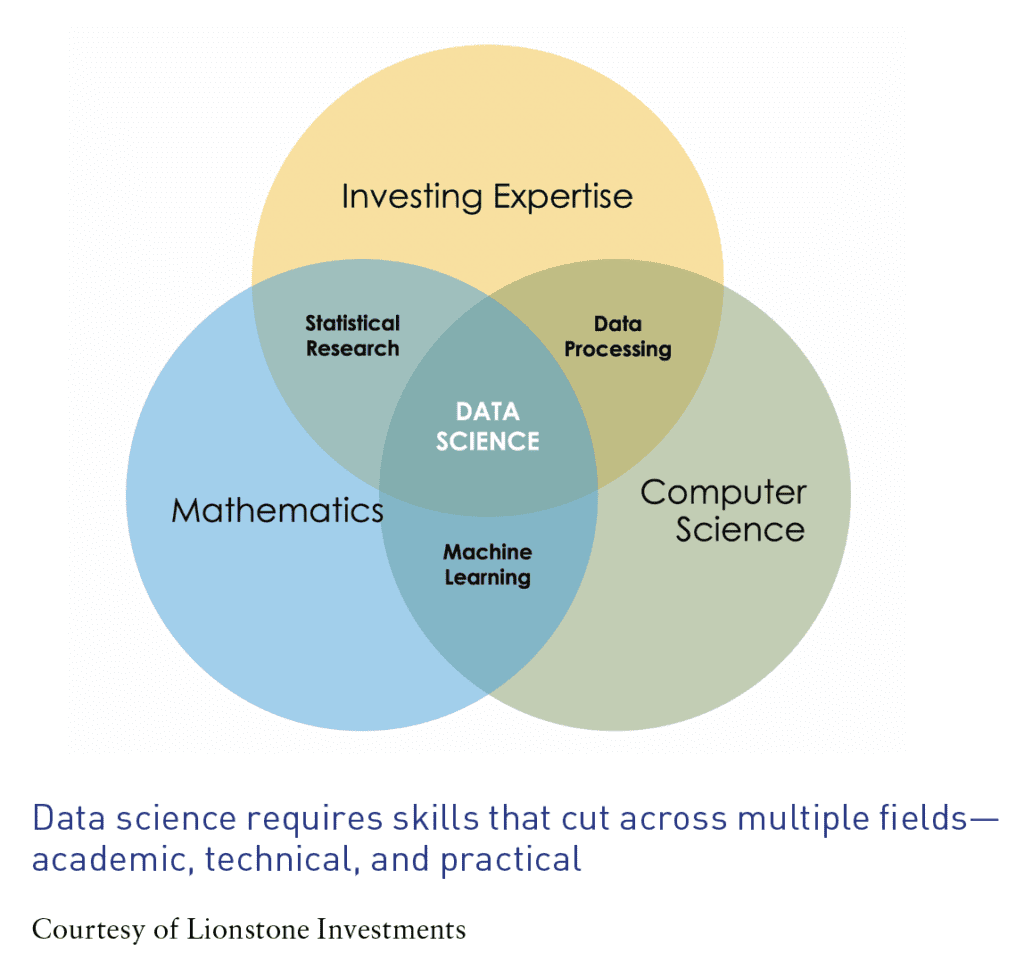INSIGHTS FROM THE AFIRE DATA & TECHNOLOGY SUMMIT
However far modern science and technics have fallen short of their inherent possibilities, they have taught mankind at least one lesson: Nothing is impossible.
Lewis Mumford
Known for his groundbreaking studies of urban design and technological culture during the rise of the modern city into the mid-20th Century, Lewis Mumford was often an optimist about the influence of technology on human advancement. But he tempered his positivism with a balanced skepticism about human agency and the way cultures and industries evolve through technology.
Technology rarely generates optimal outcomes when not tempered by imagination. Certainly nothing that can be imagined is impossible, but it’s our job as business and industry leaders to ensure that the technology we use serves our needs and gives us a competitive edge—and not the other way around.
With this understanding of technology as a backdrop, AFIRE members and tech industry leaders recently gathered in New York for the AFIRE Data & Technology Summit to discuss what it means to use technology to suit our needs. Frequently, the discussion found itself in much the same place as the real estate industry—fighting a decades-long struggle to keep technological pace.
“Very soon, real estate is very soon not going to only be about real estate. Real estate is going to be about driving performance and deriving decisions from data. Unfortunately, the real estate industry doesn’t necessarily have—at least right now—the appropriate skills required to take this on. And that’s a real challenge.”
So said Elisabeth Troni, Global Portfolio Strategist for CBRE Global Investors, in her conversation about the future of the real estate industry. Speaking personally about her work, Troni suggested that the cultural transformation necessary for the industry to emerge as a leader (and therefore, as a talent magnet) is a continual process, and one that requires the proposition of investment in data and technology solutions be framed in terms of business risk, rather than HR or marketing pushes towards being perceived as cutting-edge.
Only through a thoughtful definition of innovation can today’s real estate leaders master a growing universe of data that has propelled the so-called disruptors in other industries to the forefront of commercial leadership in the twenty-first century. The imagination required for innovation ultimately makes for smarter strategies suited to understanding risk and enhancing the vitality of our investments while simultaneously serving the goals of our businesses and the investors, employees, and communities we serve.
INNOVATION SHOULD BE MORE THAN A BUZZWORD
While grand calls for disruption and innovation have become pap for marketing campaigns and conference keynotes around the world, such vocabulary is often deployed without scrutiny, thereby obfuscating pathways towards practical solutions grounded in innovation.
For concretizing innovation for real estate, it all comes down to data and discovery, said Peter Skarzynski, Managing Director for Deloitte Consulting LLP and member of the leadership team for Doblin, a Deloitte business that helps organizations find human-centered solutions to business problems.
“It is helpful to have a shared and agreed upon definition of innovation—here, it’s the creation of a new, viable business offering. Let’s unpack this definition: By viable I mean creating value for your customers and your enterprise; and ideally going beyond products to platforms, business models and customer experiences,” said Skarzynski.
Skarzynski’s work at Doblin is informed by the organization’s Ten Types of Innovation® framework, which attempts to extract innovations through rubrics of enterprise and system analyses, service and product performance, and customer or end-user experiences. Innovation can only happen when the full framework is leveraged.
The temptation to oversimplify innovation is where many organizations lapse in implementation, Skarzynski said. “For digital innovation, you need to think about data and experiences, because that’s going to show you how you can deliver an experience.”
Elegant integration requires holistic thinking across an organization’s entire business model, relying less on outside intervention and more on maximizing extant resources to arrive at what Skarzynski calls “sophisticated innovations,” which use many different types of simple innovations to transform how a business and its people deliver value.
When it comes to real estate, we don’t need to look very far for extant resources. We call them data, and like any rich resource, they can be customized, narrativized, and analyzed to tell us stories about the past, paint portraits of the present, and provide glimpses of the future. By some estimates, humans will be producing 463 exabytes (1EB = one quintillion bytes) of data every day by 2025 (That’s more than 212 million new Godfather DVDs created every day.)
SO HOW DO YOU PUT YOUR DATA RESOURCES TO WORK?
Learning how to wrangle and command the growing universe of data available to real estate investors represents the new frontier of industry leadership—data science.
As a formal practice within and beyond real estate investing, data science sits at the intersection of investing expertise, mathematics, and computer science and integrates aspects of statistical research, data processing, and machine learning to expand business intelligence through data-based decision-making.
This interdisciplinary approach was the logic behind the formation of Lionstone Investments, said Bryan Sanchez, Lionstone’s Chief Investment Officer. “We were founded on a unique proposition that you actually could make better decisions using data. That was a novel idea at the time, but it was at the beginning of a revolution in our industry where we weren’t simply using data to validate our intuitions, but instead learned how to use it to guide our decisions,” Sanchez said.
To put data to work first requires a shift in thinking; a willingness to explore varied statistical analyses, and a deliberate decision to trust in and be guided by data-derived intelligence, rather than merely using naïve semblances of the science as a confirmation tool.
Extending this logic to a larger scale, Phoebe Holtzman, CEO of Live XYZ and former Urban Tech Researcher at the MIT Real Estate Innovation Lab, said, “Our future is in cities, and to understand the future, we need to understand how data and technology are changing cities. It’s not just about looking at data points and how those relate to capital, but how these data truly relate to decisions made about the built environment.”
As an example, Holtzman and Sanchez discuss the phenomena of co-working spaces in Manhattan. Powered by a cultural shift in how people work, compositions of premium office space have shifted in priority from square footage to desk availability, and units of time have shifted from multi-year leases to monthly or daily contracts. Because coworking trends are so contingent on extrinsic attitudes, it’s beneficial for coworking investors and owners to leverage all available data to make more informed decisions.
“While coworking is not a new product, it’s a disruption in that it changes how we actually think about space,” Holtzman said. “Aggregate economic and demographic data help us visualize cities and have a conversation about what the demand is for these spaces. It helps us see who are the industries involved, and what is the capital that’s flowing in.”
The ability to aggregate data from across existing assets, including publicly available economic and labor data, capital markets, and proprietary resources, Sanchez added, has been combined with powerful and cheap computing power to create the conditions for an advanced analytics revolution. Applied in this way, “Data science can dramatically enhance decision making in investment management by increasing objectivity and reducing human bias,” Sanchez said. “Additionally, It makes it possible for us to use our time and energy on creating actionable insights rather than merely gathering data.”
In other words, data science augments human judgment, but does not replace it.
IS PROPTECH MOMENTARY, OR MONUMENTAL?
As an extension (and monetization) of data science, property technology (proptech), which is designed for the real estate industry, represents the current wave of augmentation for the intuitions of real estate investing.
From a venture capital perspective, proptech follows on the heels of fintech in terms of investment trends and opportunities. This is largely because proptech covers a domain of platforms and technology solutions that are often adjacent to real estate, including construction, facility management, geographic information services (GIS), tenant management, and other increasingly automated services. On one hand, according to Safi Aziz, Senior Associate of Investor Services for MetaProp, this diverse range of proptech solutions means that the industry can be organized and manipulated to truly meet the data and technology needs of real estate investors. (See also: Intelligently Financing Tech-Enabled Real Estate Concepts)
“There’s a lot of chaos in proptech,” Aziz said. “There are more than 5,000 companies currently active—and likely more. Real estate firms need to start absorbing that fact and need to create a methodology of how they’re going to work with these companies to command the vast world of data available to them and digest it to suit their needs.”
According to Propmodo, a media brand that focuses on technology and innovation in commercial real estate and the built environment, total investment in the sector has surpassed US$20 billion, representing a nearly 40% increase in the past three years. Though much of the money comes from venture funding, such investment volume indicates a shift away from proprietary software and data analysis to more integrative, intelligent, cloud-based, and scalable solutions.
Smartly deployed, such solutions can aid the diverse needs of asset management and overall building performance, which can support broader investment intelligence—but only if implemented with a deliberate data strategy (which can must ultimately be guided by skilled and qualified teams of real people).
“In terms of data strategy, we have come a long way in a short amount of time,” said Steve Coutts, Head of Data Partnerships for Cherre (pronounced “cherry”), a real estate data startup that provides a platform as a service (PaaS). “Ten years ago, we were still only using data for declarative and descriptive analytics, but not to inform our decisions. Today, as the conversation shifts towards predictive analytics, we need to use those tools that help us collect, resolve and connect data in an automated way, and then to present that data to people who can turn it into action.”
Unfortunately, the transition from automation to action is where many aspects of the real estate industry lag behind leaders in other industries. Because real estate is often a long-term asset, the urgency to modernize through technology has been slow to advance in the industry—an issue exacerbated by the competition for qualified talent, which is otherwise attracted to the higher compensations and more engaging challenges offered by other sectors.
Proptech can offer a way forward, and is increasingly impossible to forego, but what presents outwardly as a technology modernization challenge for organizations may actually be symptomatic of broader cultural issues that can only be addressed through systematic change.
TO GET TO WHERE YOU WANT TO GO, BE HONEST ABOUT WHERE YOU ARE
If a firm active in the real estate industry would benefit from allocating extra resources to proptech and data science, but leadership opposes such change, there is real risk associated with relying on the old way of doing things—especially within a market increasingly expanded through data.
“One of the biggest challenges of the data-driven age is to compete in data-driven work. For the real estate industry, in particular, our data observations are relatively rare and heterogeneous. Data and insights can confer distinct informational advantages. However, much of the real estate industry sits with its data in pools rather than lakes. One of the key hurdles around extracting value from data is that the real work needs to be done in time spent formatting and structuring proprietary data for
a common purpose,” Elisabeth Troni said. “It may not sound interesting to some decision makers, but if we want to transform the way we make decisions, we need to spend a lot of time structuring the data. This is absolutely critical.”
Going forward, leaders in the industry need to ask how we should change our own assumptions about technology and tools. How will our internal processes and metrics change as we embrace data analytics as a way of life? How are we going to clean up our data and analytics enough to make something better? How should we imagine what’s possible?
Technology gives part of the answer. We need to work together to find the rest.
—
ABOUT THE AUTHOR
Benjamin van Loon joined as AFIRE’s first Communications Director in 2019, responsible for strategy, innovation, technical operations, communications, and thought leadership, including serving as editor-in-chief of Summit Journal.
THIS ARTICLE ORIGINALLY APPEARED IN SUMMIT (SPRING 2020)

—




